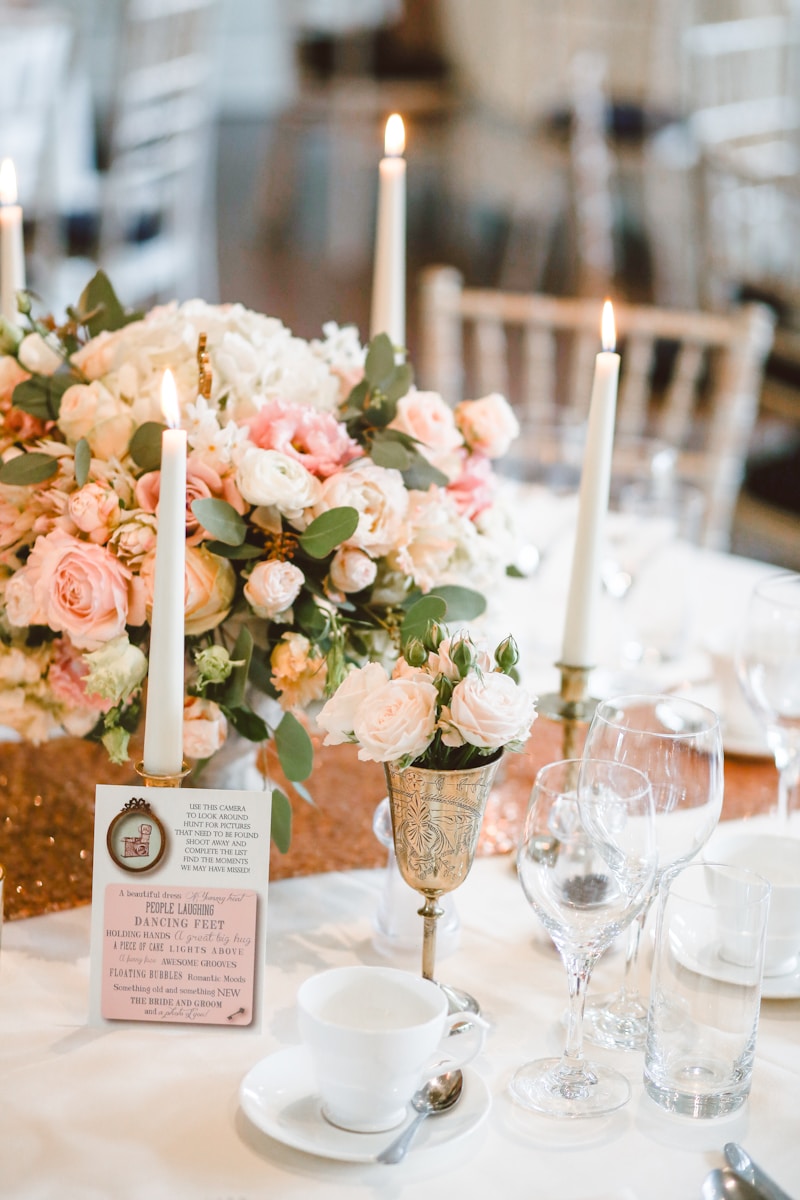Essential Modifications for Your Wedding Dress: Transforming Your Dream Look
Introduction
Your wedding day is one of the most significant moments in your life. You'll want everything to be perfect, especially your wedding dress. However, ensuring that your wedding dress looks flawless often means it requires essential modifications. In this article, we will explore the various alterations you can make to enhance your wedding dress, ensuring you look stunning as you walk down the aisle. Whether it's adjusting the fit, adding embellishments, or creating a unique design, read on for valuable insights.
Why Modifications are Essential
When you purchase a wedding dress, it's not uncommon for it to require some adjustments. Here are a few reasons why modifications are essential:
- Fit: Off-the-rack dresses may not fit your body perfectly, especially if you have unique body measurements.
- Style Preferences: Your style may change from the time you bought the dress to your wedding day.
- Comfort: You'll want to feel comfortable throughout your wedding ceremony and reception.
- Personalization: Modifications can help to reflect your personality and style in your wedding attire.
Common Areas for Modifications
There are several areas and elements of your wedding dress that can be modified to achieve the perfect look:
| Modification Type | Description |
| Hem Length | Adjusting the length to ensure your dress is the right height for your shoes. |
| Bodice Fit | Tightening or loosening the bodice for a perfect fit around the bust. |
| Waistline | Adjusting the waistline for better contouring and silhouette. |
| Sleeve Modifications | Adding, removing, or altering sleeves for a unique look. |
| Train Length | Extending or shortening the train for practicality and style. |
| Color Changes | Adding or adjusting colors, such as changing the lining or adding overlays. |
| Embellishments | Adding lace, beading, or other decorative elements to enhance the design. |
Fit Adjustments: Making It Perfect
The most common modification required is fit adjustments. Whether your dress is too tight or too loose, skilled alterations can find the right balance. Here are essential fit adjustments to consider:
Bodice Adjustments
The bodice is crucial for comfort and style. It’s essential to ensure that the dress fits snugly but not so tight that you are uncomfortable. You may need to adjust the bust area, sides, or even the neckline to suit your figure. Bringing in or letting out seams can dramatically change the silhouette of your dress.
Hem Length
Your wedding dress’s hem should ideally just graze the floor. This is especially important if you plan to wear particular shoes. If you are shorter or taller than the average height, you may require adjustments to avoid tripping or having too much fabric gathered around your feet.
Detail Oriented Modifications: Adding Character
Aside from basic adjustments, consider adding personal touches to your wedding dress that tell your unique story:
Embellishments and Accessories
Adding beading, lace, or even hand-stitched patterns can elevate your dress. Consider what best reflects your style. For instance, vintage lace appliqué can give a classic look, while modern embellishments can create a chic, contemporary vibe.
Changing the Train Length
The train can be a majestic addition to any wedding dress. Still, it could also cause practical issues when walking. Ensure the length matches the venue — a long train may be beautiful, but if you're getting married outdoors, it could be a hassle. Discuss options like adding a bustle, which makes it easier to manage while maintaining the elegance of the train.
Sleeve Adjustments for Style Versatility
Sleeves can completely transform the appearance of your dress. Here are a few adjustments and options:
Add or Remove Sleeves
If you're drawn to a sleeveless design but feel more comfortable with sleeves, consider adding detachable sleeve options. This way, you can have two looks in one — elegant for the ceremony and a more casual style for the reception.
Types of Sleeves
The sleeves can also be tailored. Cap sleeves can give a delicate touch, while long, flowing sleeves add a romantic effect. Choose what matches your theme and personal preference.
Considerations for Modifying Your Wedding Dress
Before making modifications, it's important to keep a few key considerations in mind:
Timing and Schedule
Ensure you leave enough time for alterations. It’s wise to start modifications at least 2-3 months before your wedding, allowing enough time for multiple fittings and potential adjustments.
Choose the Right Tailor
Finding an experienced tailor specializing in wedding dress alterations is crucial. Ask for recommendations from friends or bridal shops to ensure your dress is in capable hands.
Budgeting for Modifications
Modifying your wedding dress comes at a cost. Ensure to budget for alterations in addition to the dress and accessories to avoid last-minute financial stress.
Conclusion and Final Tips
Modifying your wedding dress is an exciting step in creating a look that truly embodies you on your special day. Remember to communicate your vision clearly with your tailor, giving them all the necessary details about what you want. Don't hesitate to share photos for reference if needed. Ultimately, the aim is to ensure you feel comfortable, confident, and beautiful as you celebrate your love.
In summary, essential modifications such as fit adjustments, embellishments, sleeve selections, and train alterations can significantly enhance your wedding dress. Make sure you adhere to your timeline, select a skilled tailor, and budget accordingly to have a seamless alteration experience. Don't forget, the goal is to showcase your personality while walking down the aisle!
